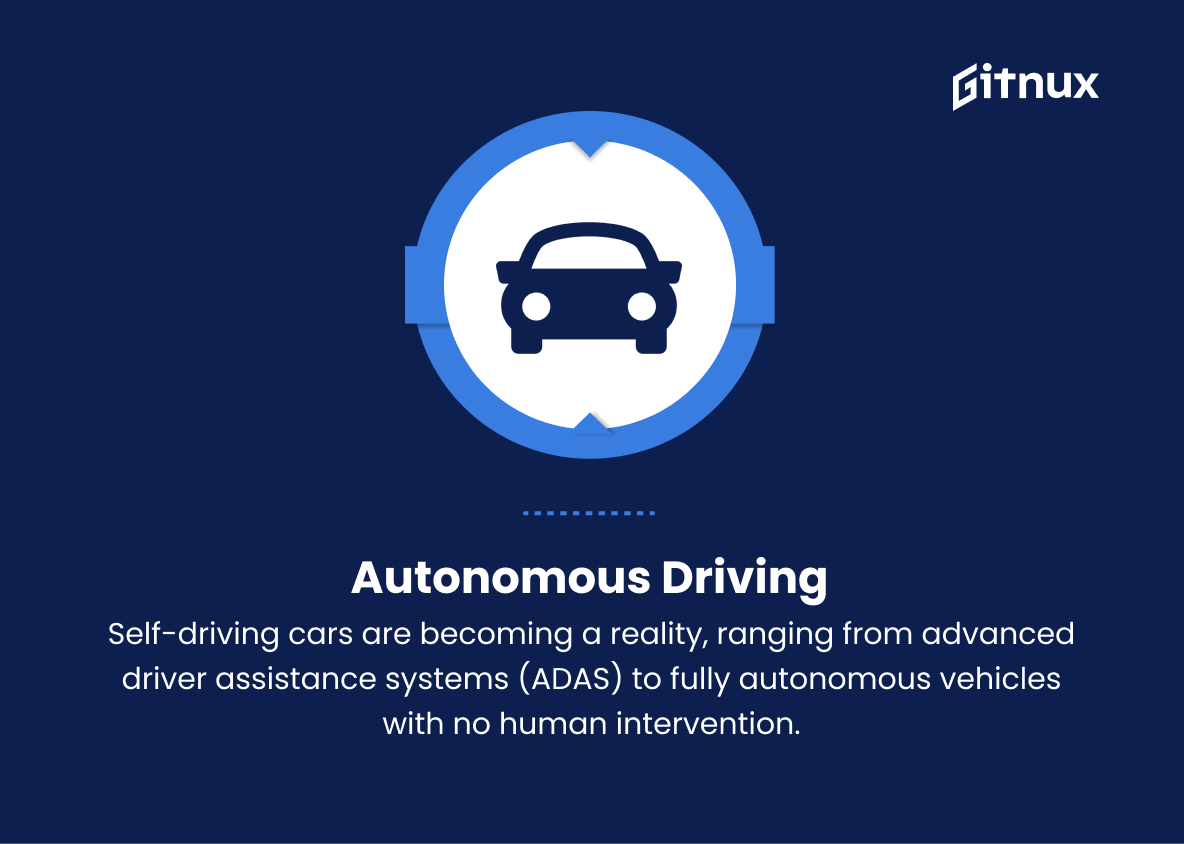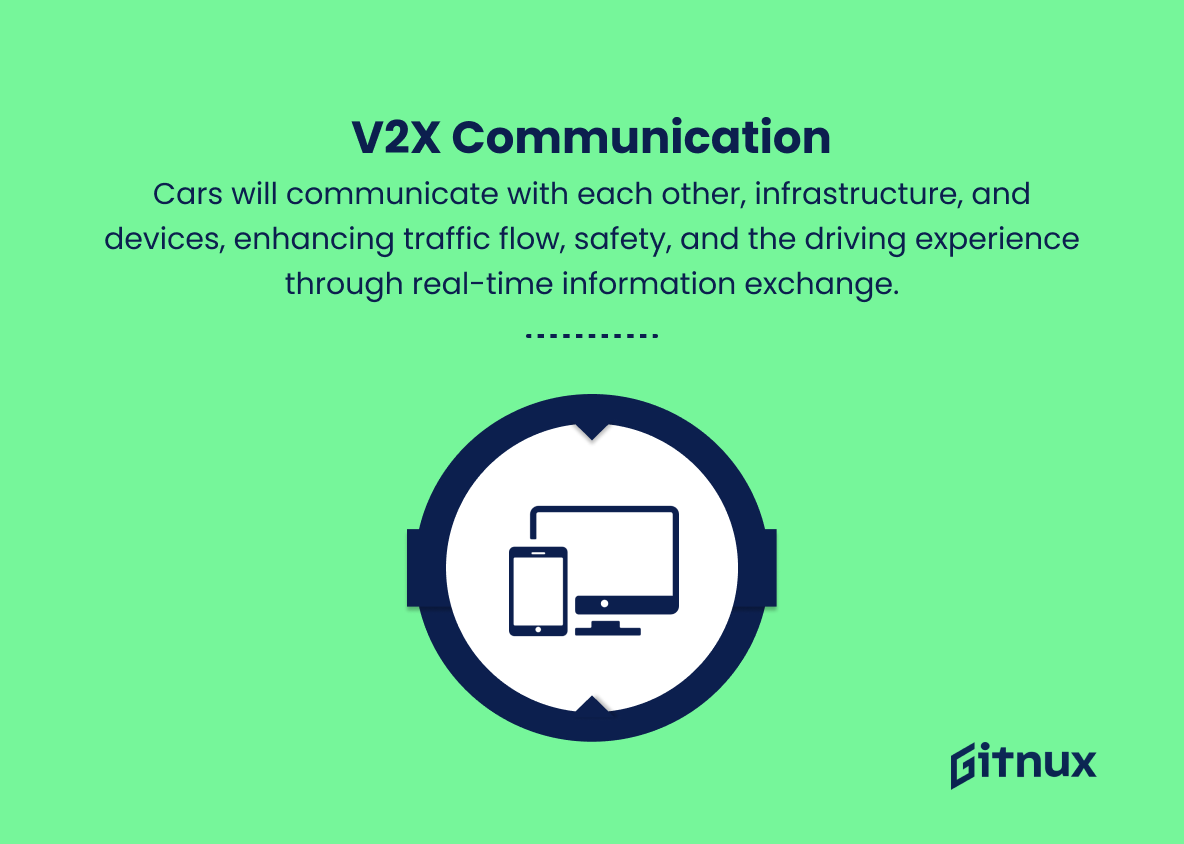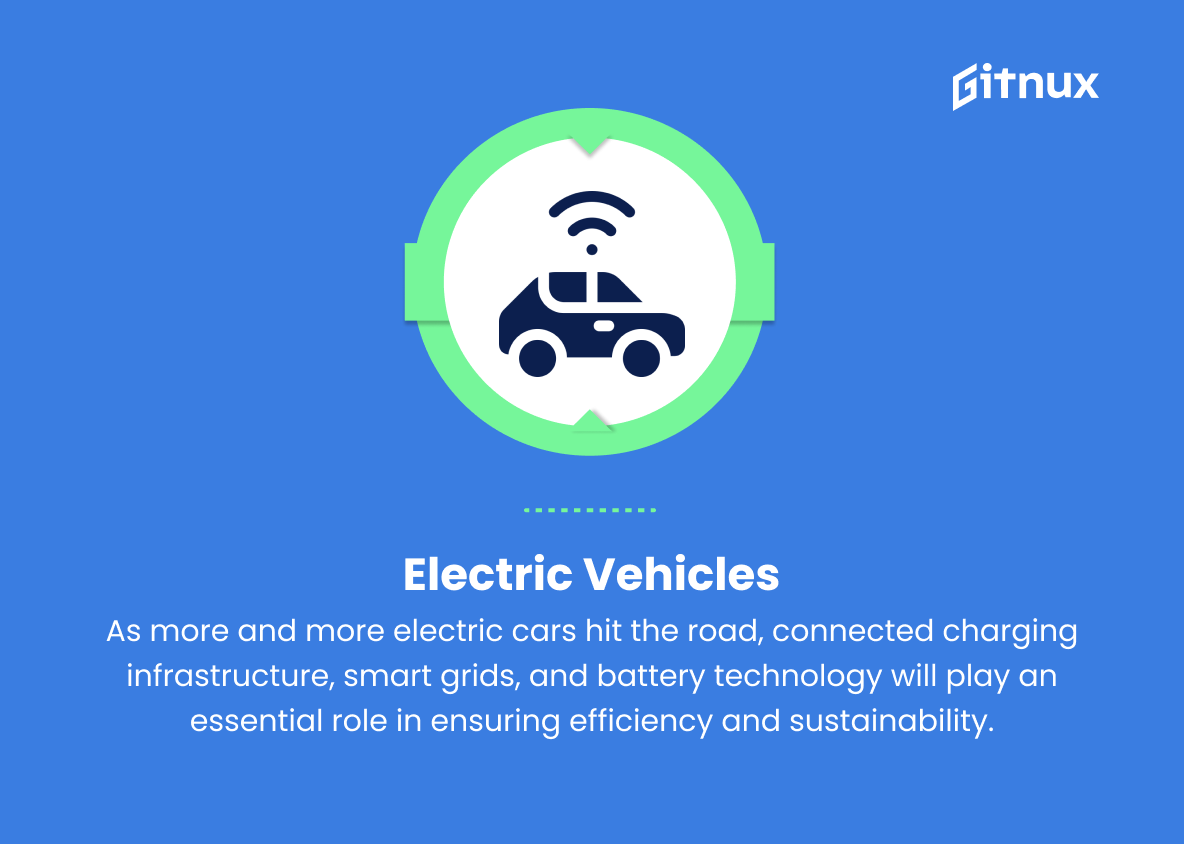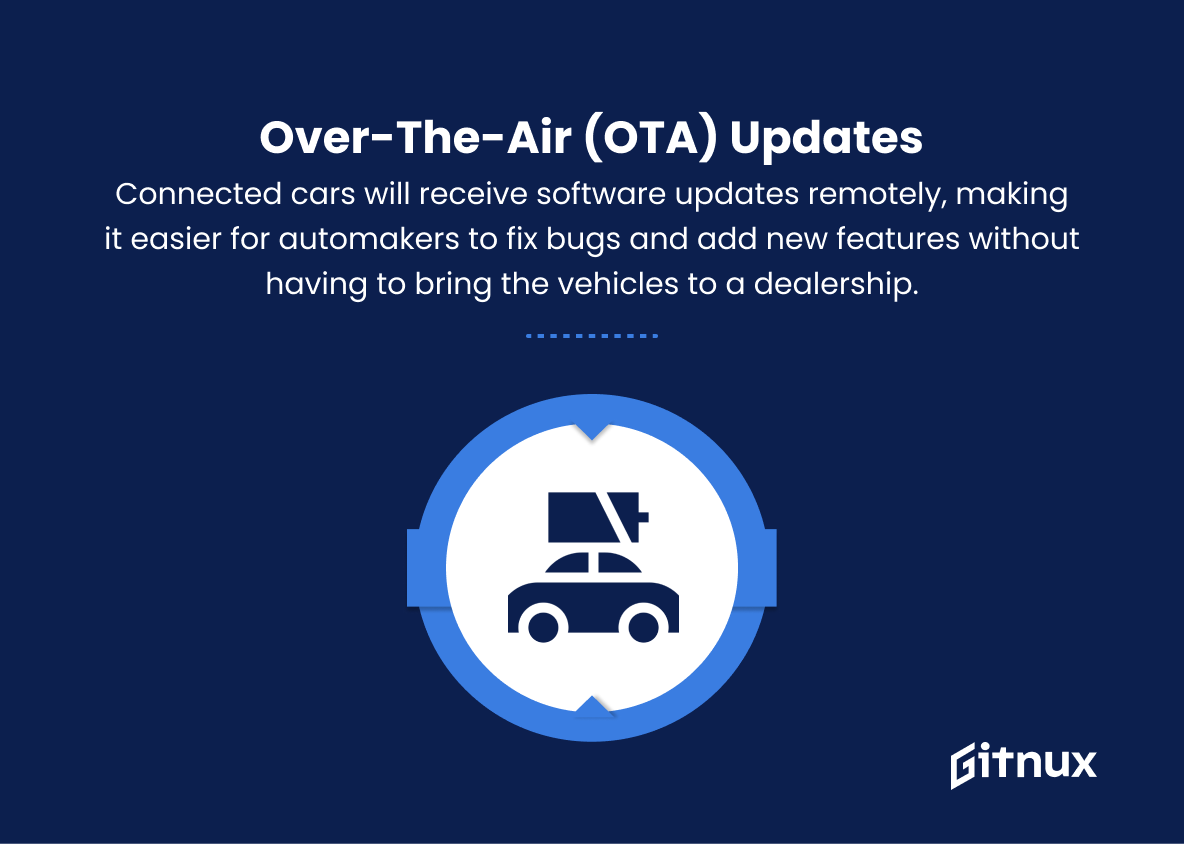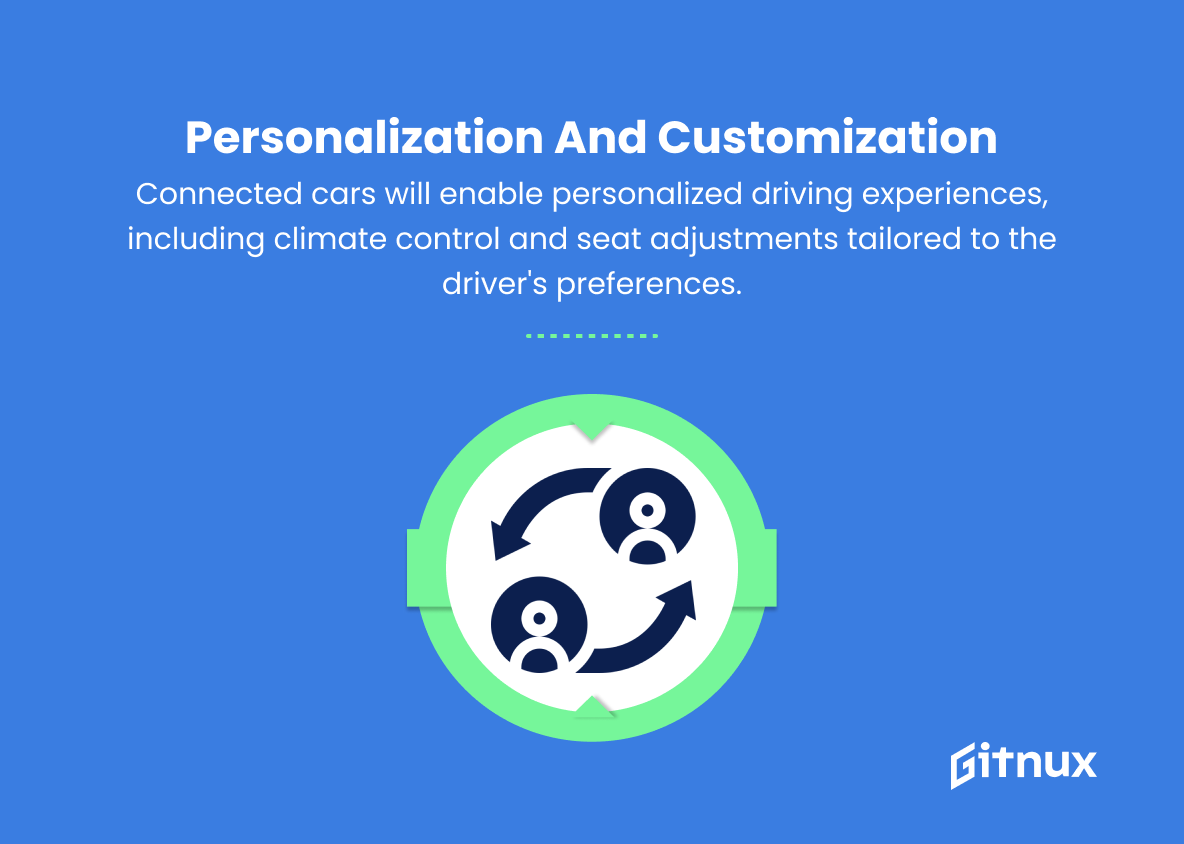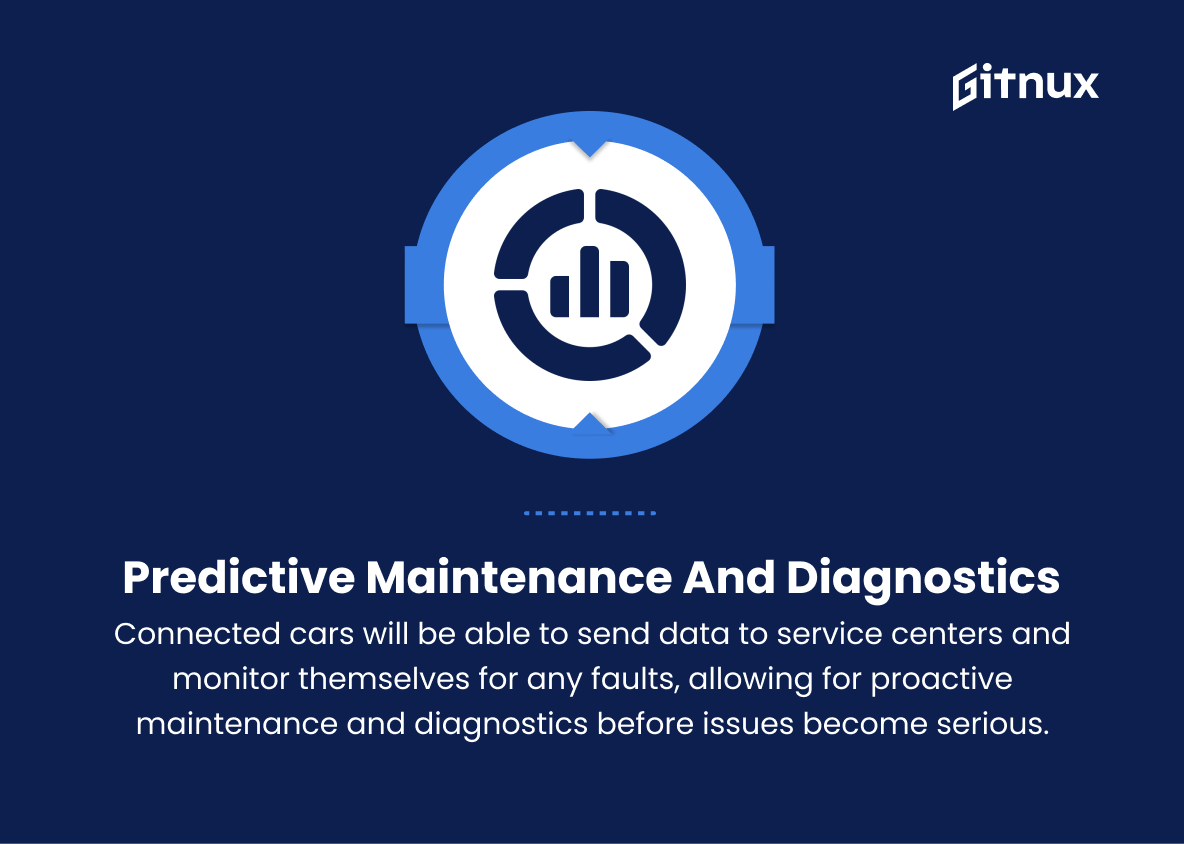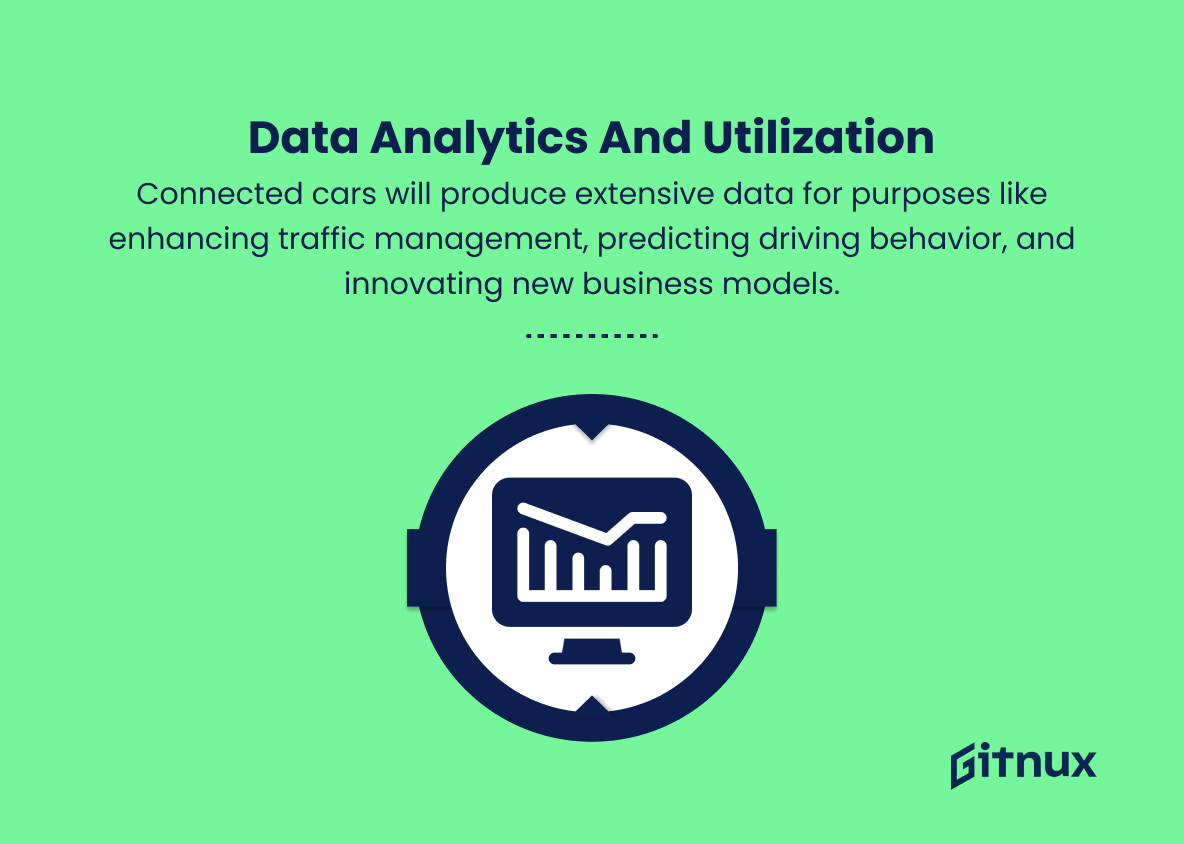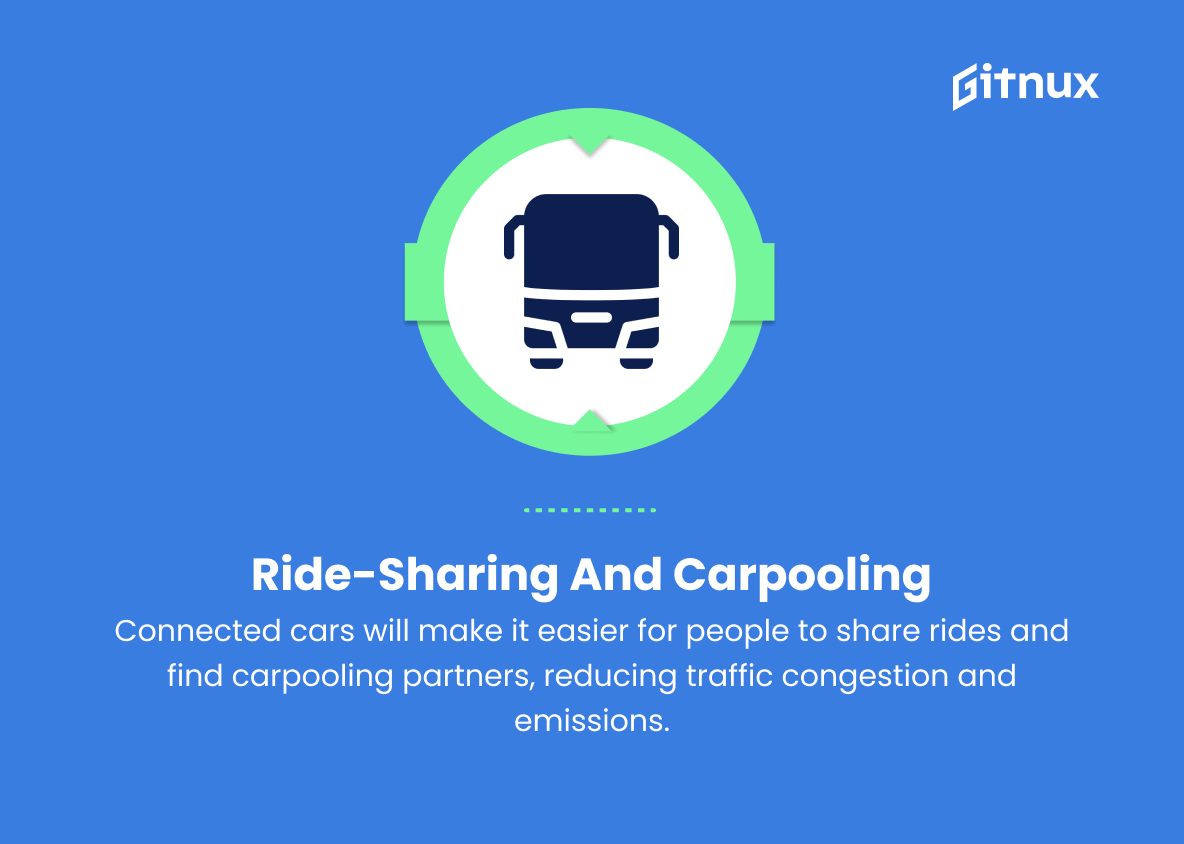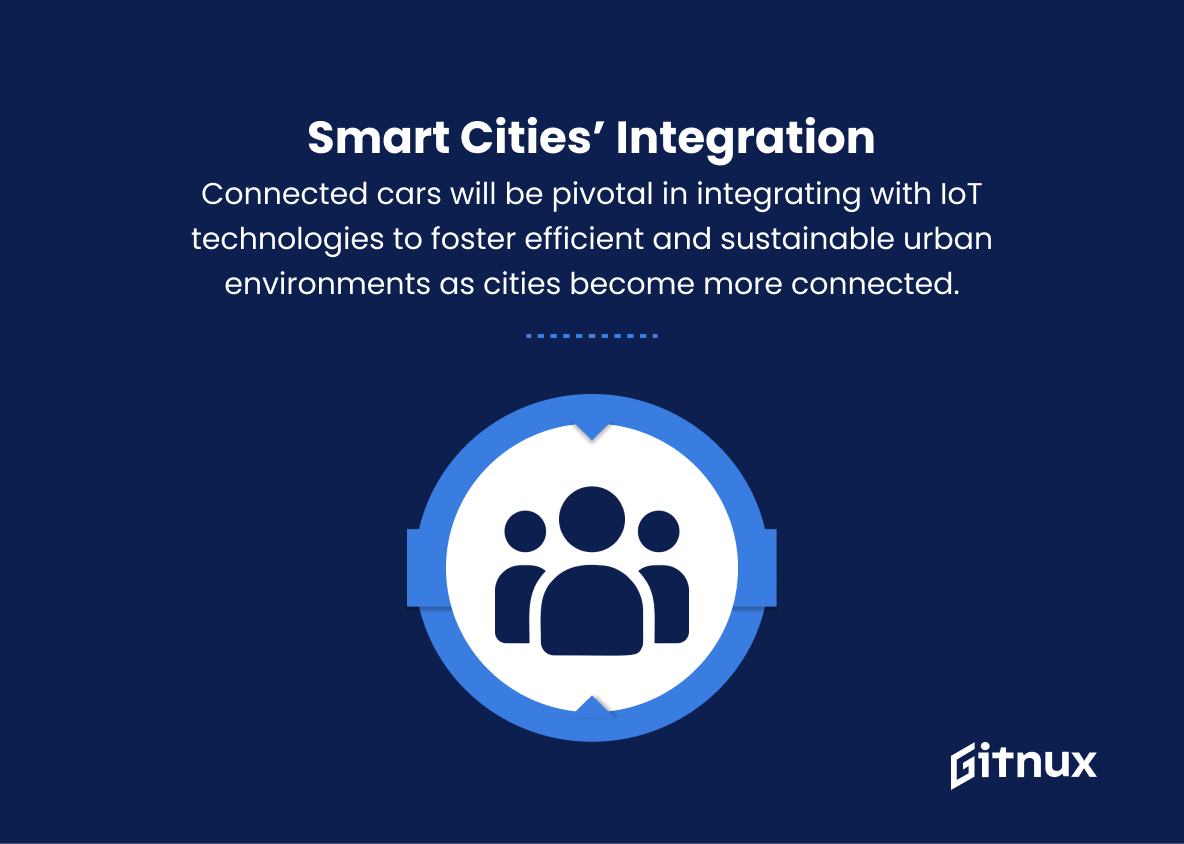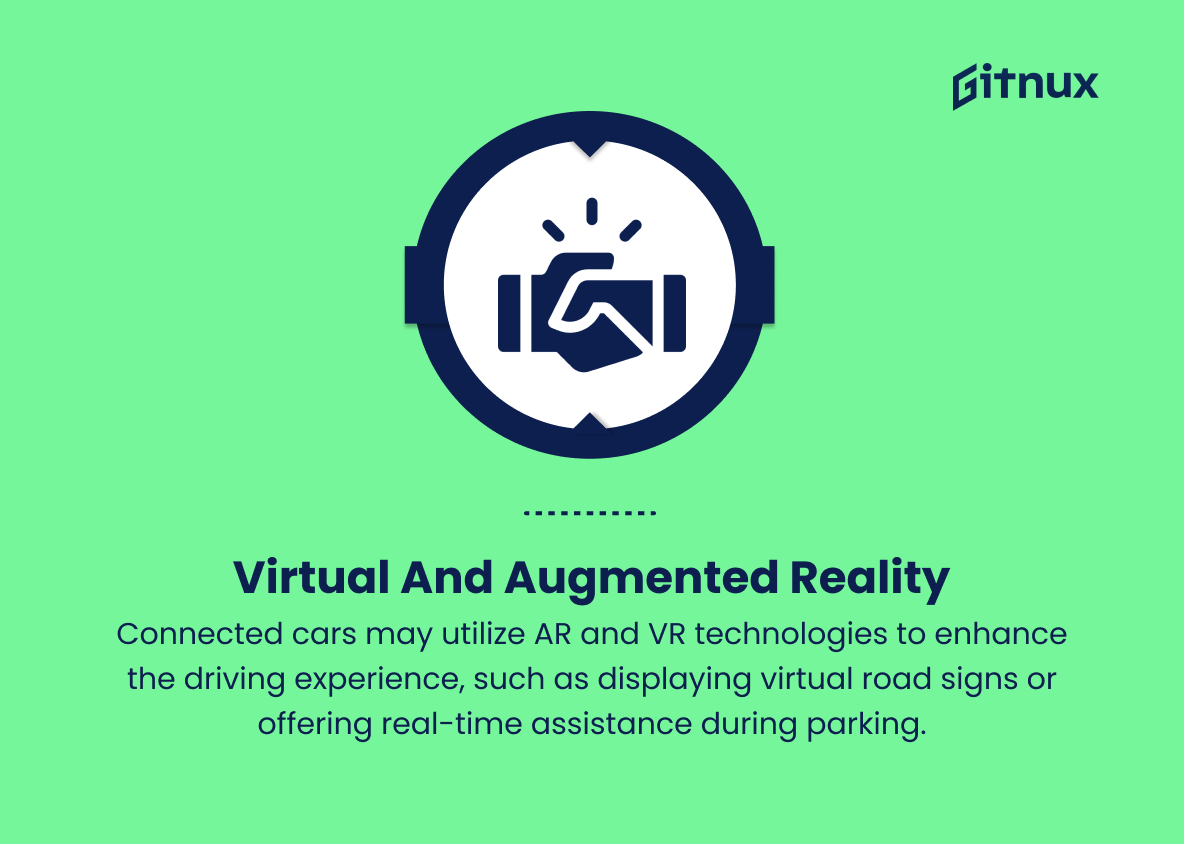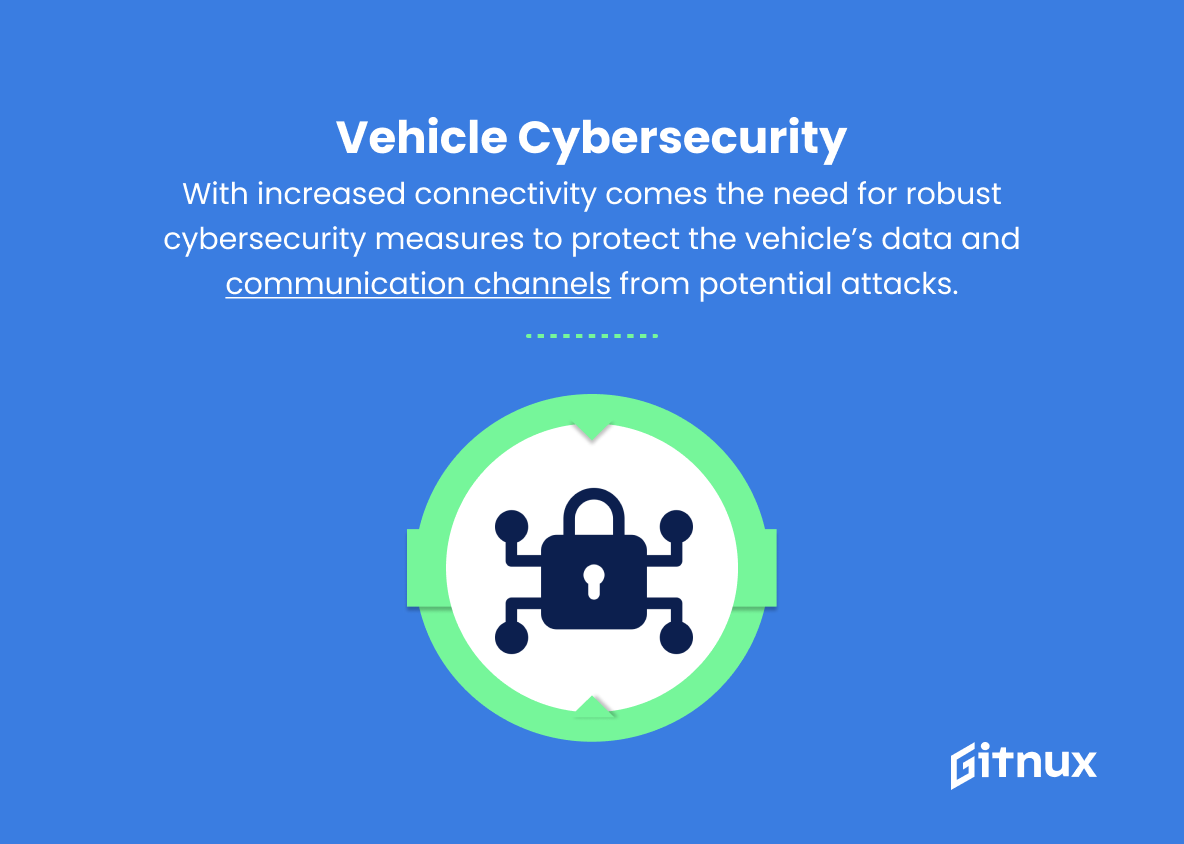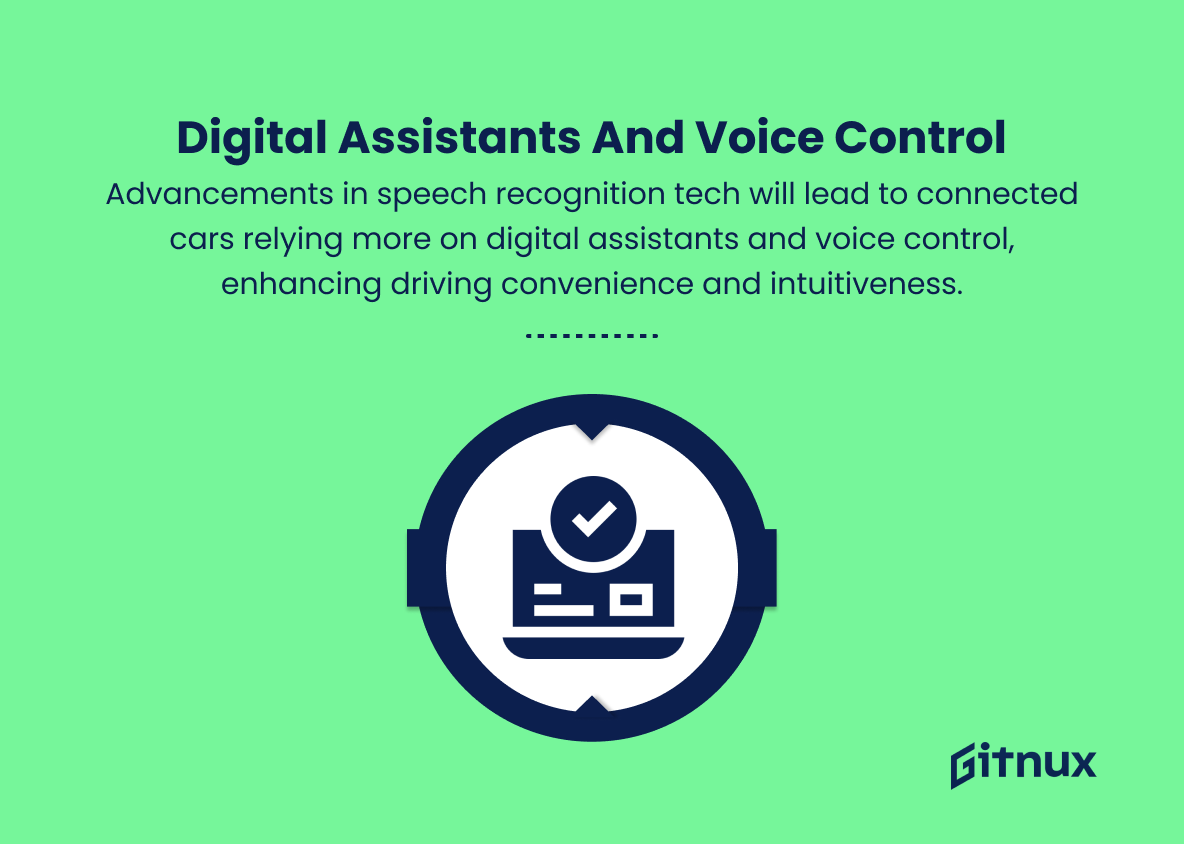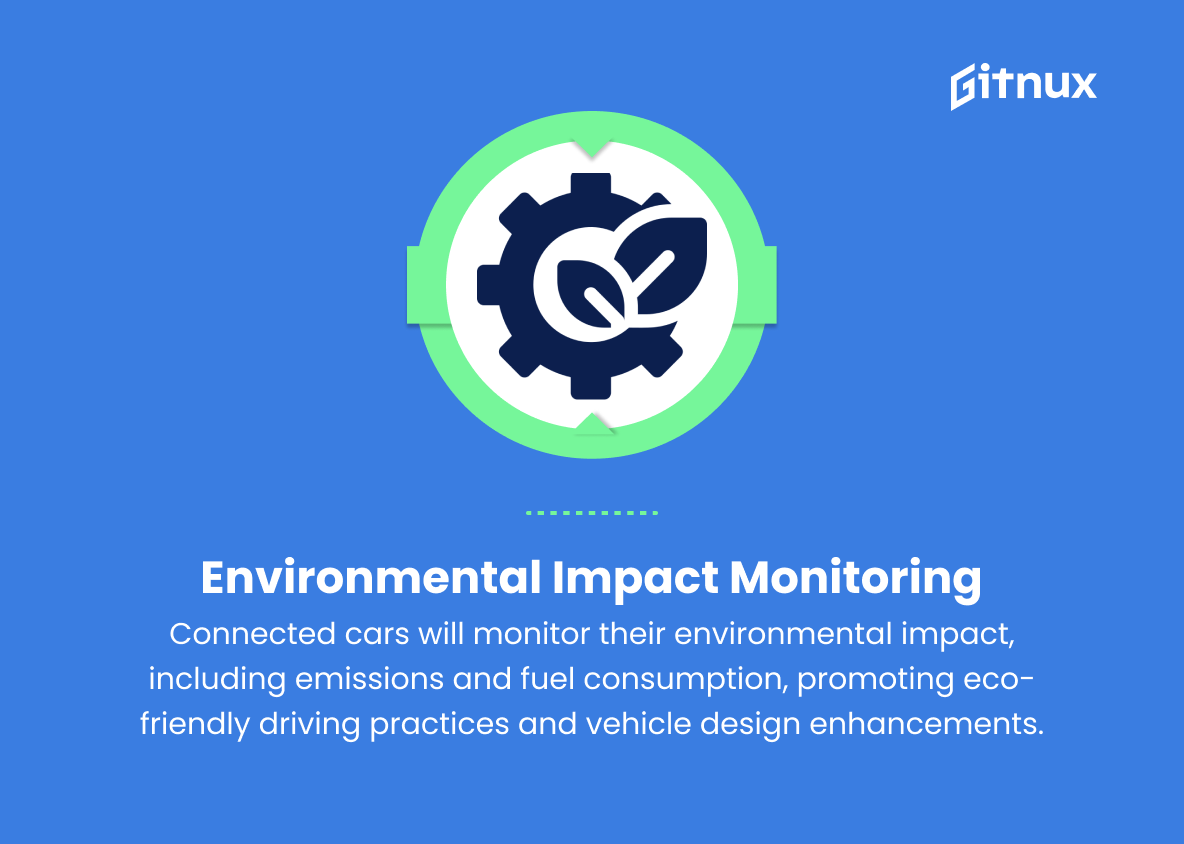The automotive landscape has been rapidly transforming with continuous advancements in technology, changing consumer demands, and the growing need for eco-friendly and sustainable transportation solutions. At the forefront of this revolution lies the concept of “connected cars” – vehicles that are seamlessly integrated with cutting-edge communication technologies to provide drivers with enhanced safety, comfort, and convenience. In today’s ever-evolving era of digital connectivity and smart devices, connected cars are not only becoming a reality, but also a necessity.
This blog post will delve into the latest connected car trends, highlighting the implications for the automotive industry, consumers, and our overall mobility experience. So buckle up as we embark on a fascinating journey through the realm of connectivity and explore the innovative strides that are shaping the future of transportation.
Top Connected Car Trends
1. Autonomous driving
Self-driving cars are becoming a reality with various levels of autonomy, from advanced driver assistance systems (ADAS) to fully self-driving cars that require no human intervention.
2. Vehicle-to-everything (V2X) communication
Cars will be able to communicate with each other, infrastructure, and other devices, allowing for real-time information exchange and improving traffic flow, safety, and overall driving experience.
3. Electric vehicles (EVs)
As more and more electric cars hit the road, connected charging infrastructure, smart grids, and battery technology will play an essential role in ensuring efficiency and sustainability.
4. Over-the-air (OTA) updates
Connected cars will receive software updates remotely, making it easier for automakers to fix bugs and add new features without having to bring the vehicles to a dealership.
5. In-car entertainment and infotainment
With advancements in connectivity, cars are becoming a hub for various media and entertainment services, such as music streaming, videos, and gaming.
6. Personalization and customization
Connected cars will offer more opportunities for personalization and customization of the driving experience, such as adjusting the climate control or seat position based on the driver’s preferences.
7. Predictive maintenance and diagnostics
Connected cars will be able to send data to service centers and monitor themselves for any faults, allowing for proactive maintenance and diagnostics before issues become serious.
8. Data analytics and utilization
Connected cars will generate vast amounts of data that can be analyzed and utilized for various purposes, such as improving traffic management, predicting driving behavior, and creating new business models.
9. Ride-sharing and carpooling
Connected cars will make it easier for people to share rides and find carpooling partners, reducing traffic congestion and emissions.
10. Smart cities’ integration
As cities become more connected and rely on IoT technologies, connected cars will play an essential role in integrating with these systems to create more efficient and sustainable urban environments.
11. Virtual and augmented reality
Connected cars may utilize AR and VR technologies to enhance the driving experience, such as displaying virtual road signs or offering real-time assistance during parking.
12. Vehicle cybersecurity
With increased connectivity comes the need for robust cybersecurity measures to protect the vehicle’s data and communication channels from potential attacks.
13. Mobility as a Service (MaaS)
Connected cars could become part of a larger ecosystem where transportation options like public transit, ride-sharing, and rental vehicles are integrated and accessible through a single platform.
14. Digital assistants and voice control
As speech recognition technology continues to progress, connected cars will increasingly rely on digital assistants and voice control, making the driving experience more intuitive and convenient.
15. Environmental impact monitoring
Connected cars will be able to monitor their environmental impact, such as emissions and fuel consumption, encouraging eco-friendly driving practices and improvements in vehicle design.
Implications
Connected car trends, such as autonomous driving, vehicle-to-everything communication, and electric vehicles, will have profound implications for our future. These technologies promise improved safety, efficiency, and driving experiences, while reducing congestion and emissions. The ability for cars to receive over-the-air updates and offer personalized experiences will enhance user satisfaction, while predictive maintenance and diagnostics will result in lower costs and more reliable vehicles.
The integration of connected cars in smart city ecosystems, alongside emerging technologies like virtual and augmented reality, will create even more immersive and convenient experiences for drivers. Enhanced cybersecurity measures will be necessary to protect against potential threats, and the evolving landscape of Mobility as a Service will require seamless integration of various transportation options.
Lastly, digital assistants and voice control will become an increasingly integral part of the driving experience, and environmental impact monitoring will encourage sustainable practices and innovation in vehicle design.
Conclusion
The future of connected car trends is bright, with technology advancements continually revolutionizing the way we interact with our vehicles. As these innovations continue to integrate at a rapid pace, it’s becoming clear that our cars will not only extend our digital lives but also improve efficiency, safety, and driving experience for users. It is critical that we stay informed and adapt to these changes, as they have the potential to reshape the automotive industry entirely.
Ultimately, connected car technologies promise to deliver a highly intuitive and seamless experience for all stakeholders, bringing us leaps and bounds closer to the emergence of smart cities and communities that are built on a foundation of interconnected systems.
